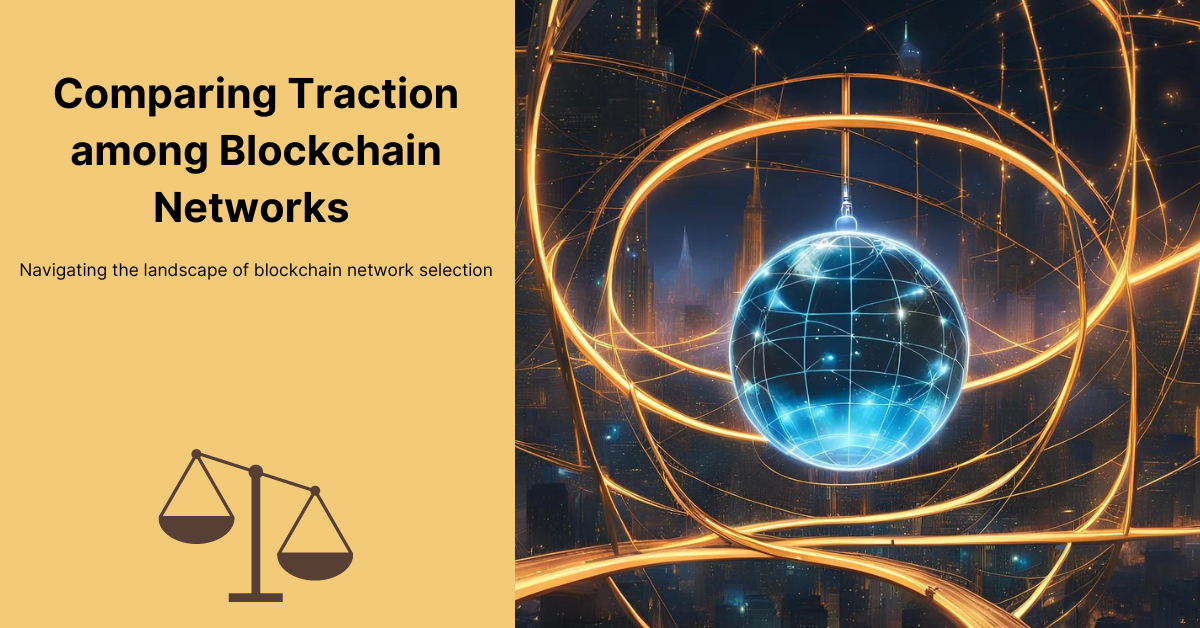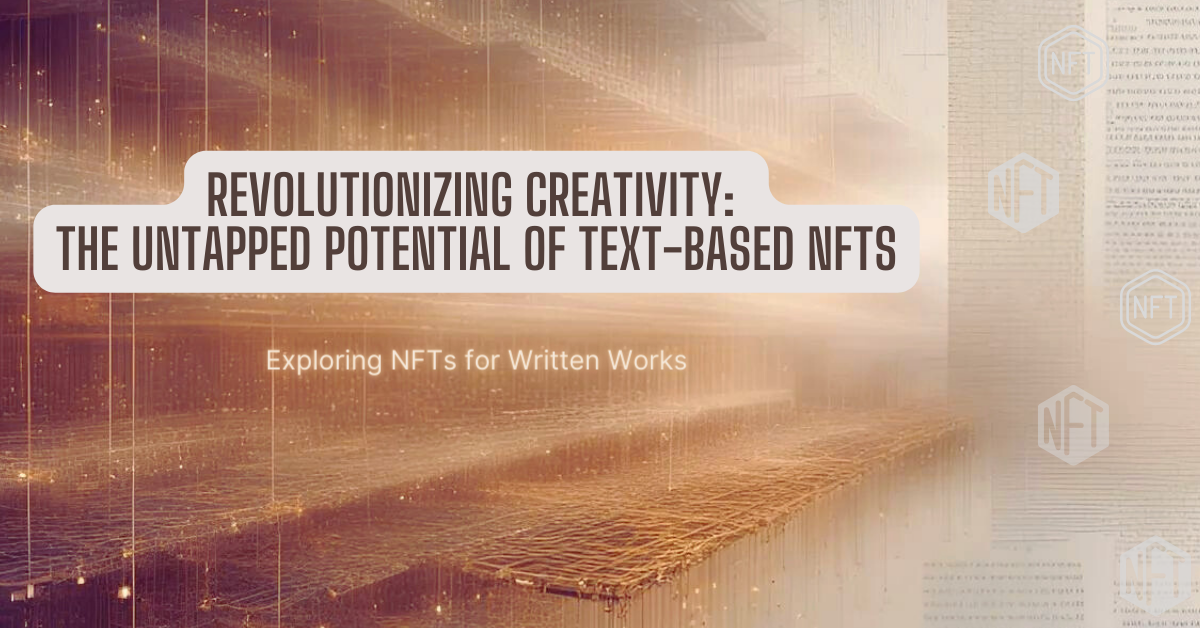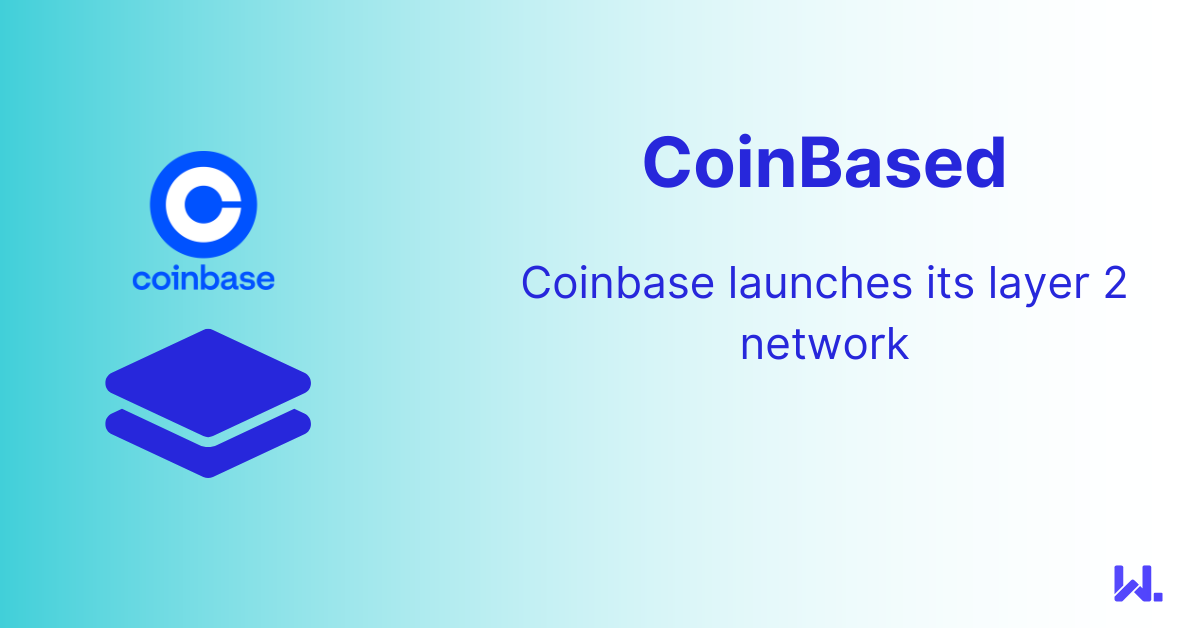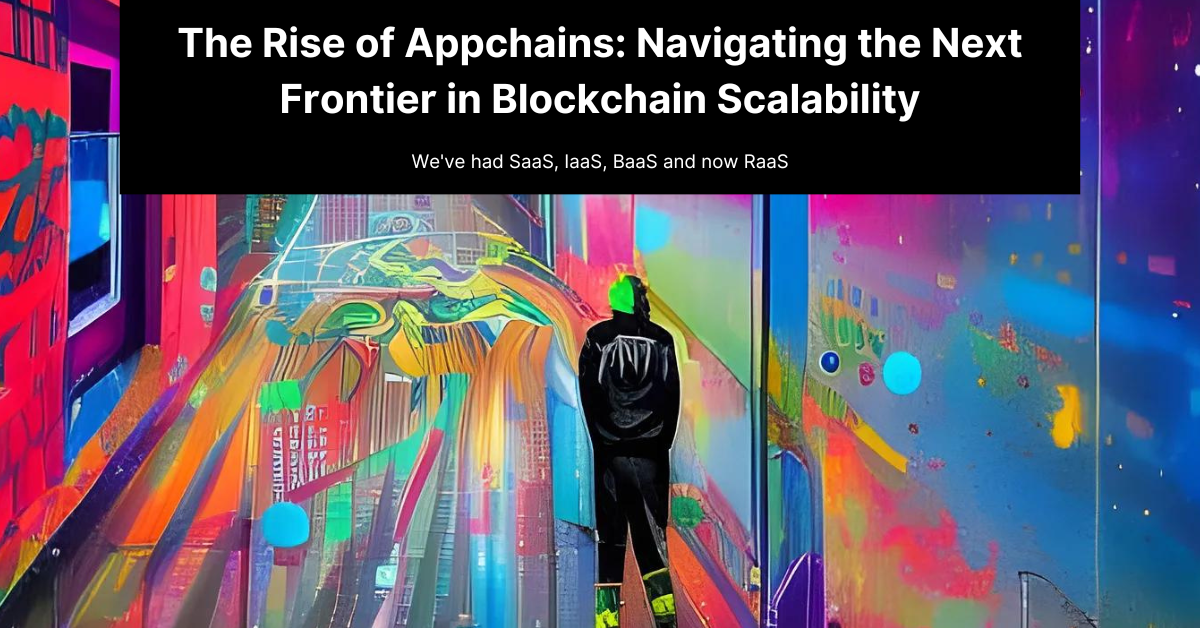Comparing Traction among Blockchain Networks
What defines the right blockchain network for your project? I spent some time recently thinking about this off the back of some work we were doing. My big challenge was thinking about how best to convey this information to a more layman audience with understandable metrics.
Blockchain networks are just another tool in the arsenal of technology solutions. However, several useful metrics can help establish how widespread their adoption is.
These are not infallible, but used collectively they do provide a helpful picture of the state of a number of them.
There are a couple of important caveats. It's worth understanding early on if you're targeting a public or private blockchain deployment, and if you want compatibility with the Ethereum Virtual Machine (EVM).
These two considerations will greatly influence the size of the potential candidate platforms. The majority of blockchain activity takes place on public networks. Hence if you have to have a private network it will significantly narrow the potential candidate list.
At the current time, the most compelling options are under the umbrella of the Hyperledger Foundation, specifically Besu. However, we'll presume that you're interested in public networks as that is the majority use case.
The other consideration is whether to work with an EVM-compatible network. The EVM is the dominant platform on which the majority of smart contracts are deployed. It is the closest thing we have to a universal standard for smart contracts.
I liken the EVM to being the TCP/IP of web3 due to its widespread adoption. But there are other options, such as using the programming language Rust as is used by Solana and Polkadot's Substrate.
The choice of which comes down to if you're happy to be tied in very closely with a specific ecosystem such as Solana, or would rather have optionality and support for the widest possible number of blockchains as you have with the EVM.
For comparison, none of what follows affects the decision on whether or not to go with an EVM-compatible blockchain. Although many of the alternative layer one networks have a level of traction that is not dissimilar to leading Ethereum layer two networks.
The categories I find most useful follow.
Developer community
The community is the lifeblood of any project. Given the open nature of blockchains, it's relatively straightforward to obtain some metrics on their communities.
Most important of all is their developer community. They keep it running and moving forward. This work typically resides on GitHub, however, more recently Electrical Capital have migrated its annual report to its own website. This report provides insights on the developer communities around various blockchain networks.
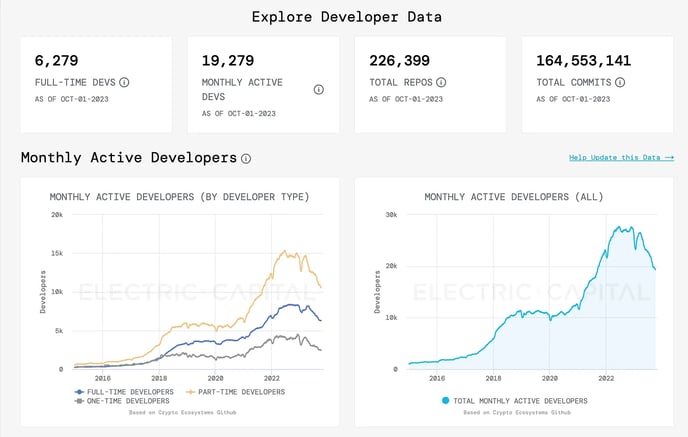 Electric Capital’s Developer Report has a lot of useful metrics
Electric Capital’s Developer Report has a lot of useful metricsThis report provides an invaluable view of development activity on various blockchain networks, making it simple to compare them with one another.
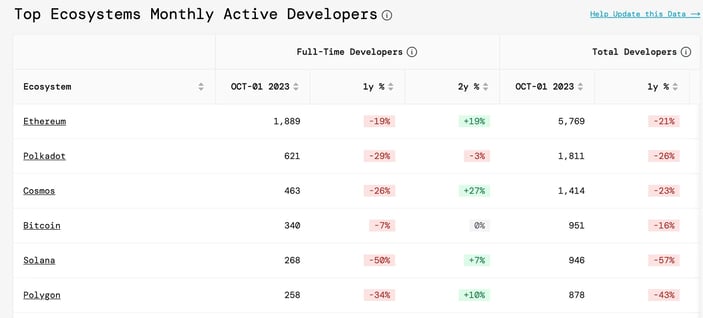
User community
The user community of these networks is best ascertained from the various social media channels in which their users hang out.
The number of followers on X provides an indication of a project's reach. But to see how active these users are, it pays to see the size of their community across the channels in which they interact with each other.
These are likely to be combinations of Reddit, Telegram and/or Discord.
The types of topics being discussed across these communities will be insightful too. If they are heavily focused on the prices of a network token, it’s not likely to indicate a committed community of builders. Whereas if they are busy discussing projects with the real utility on the network, the motivations are likely to be better aligned with creating a sustainable ecosystem.
Traction
Beyond social media platforms, there are on-chain data points that are instructive demonstrating real activity on the network.
These include the number of active accounts who aren't just using the network as one-off events, but continuing to make use of it.
Coupled with the number of transactions taking place on the network you can get a useful picture of real traction.
Additionally, market capitalisation, as well as the size of the assets locked on the network via the total value locked (TVL) metrics are useful to understand how comfortable the DeFi community is with keeping assets there.
These metrics are available from Coinmarketcap and DeFiLlama for a number of leading blockchain networks.
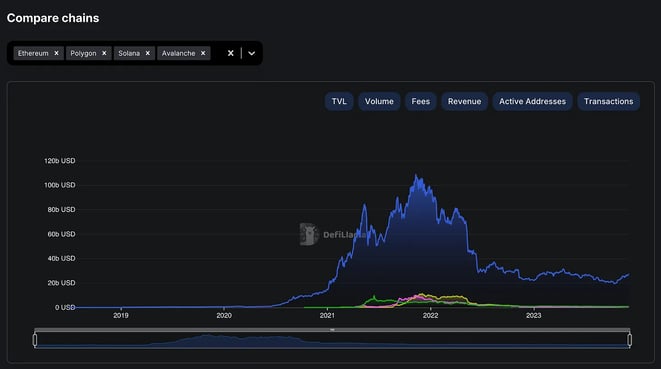 DeFiLlama has some really need metrics for comparing blockchains
DeFiLlama has some really need metrics for comparing blockchainsCosts
The cost of the network is also a consideration. The Ethereum mainnet is considered too expensive by most users these days. This is why they are being encouraged to use layer 2 networks instead which cost a fraction of the price.
Understanding fees is important especially as it will have ramifications for how much you or your users must pay to transact with the network.
Unfortunately, I’m not currently aware of a resource that consolidates users costs among a large number of networks.
Other assets
Finally, it’s instructive to see what other well-known projects have launched on the network. Are stablecoins such as Circle's USDC or Tether's USDT available on it? If the network is EVM compatible, have Uniswap, Aave or other notable projects launched on it?
Whilst you may not be interested in these specific projects per se, their presence is indicative of the presence of real users whom these DeFi projects want to support on these networks.
Getting Started
With all of the different blockchain networks available, the decision process of where to start for any project can be tough.
This list is not exhaustive. But if you start by identifying:
-
If you are looking for a private or public network to work with
-
If EVM compatibility is required
You will have a starting point for further exploration. From here by pulling together the various metrics I have outlined, you will have a good idea of some of the tradeoffs between working with different public blockchain networks.

